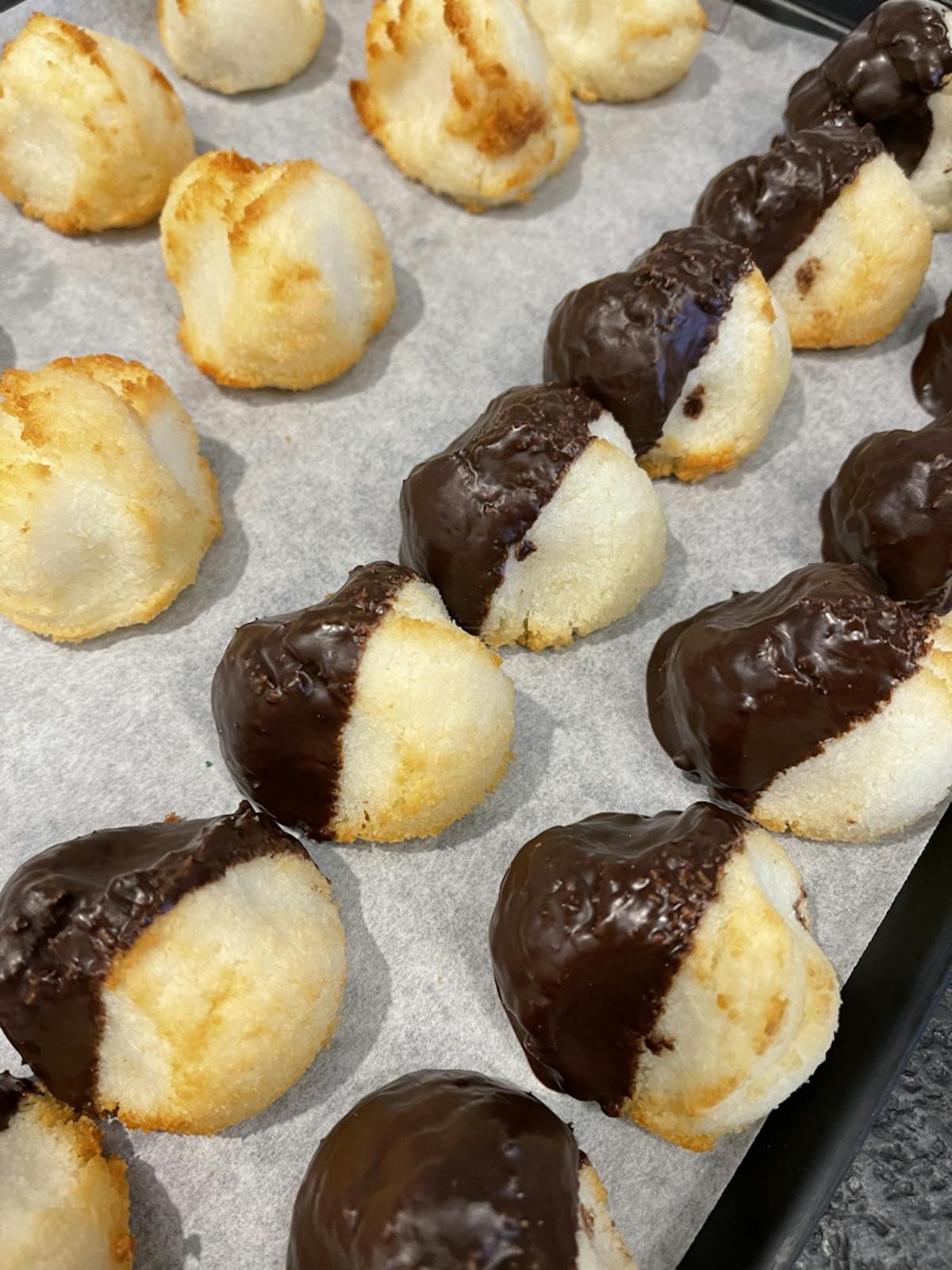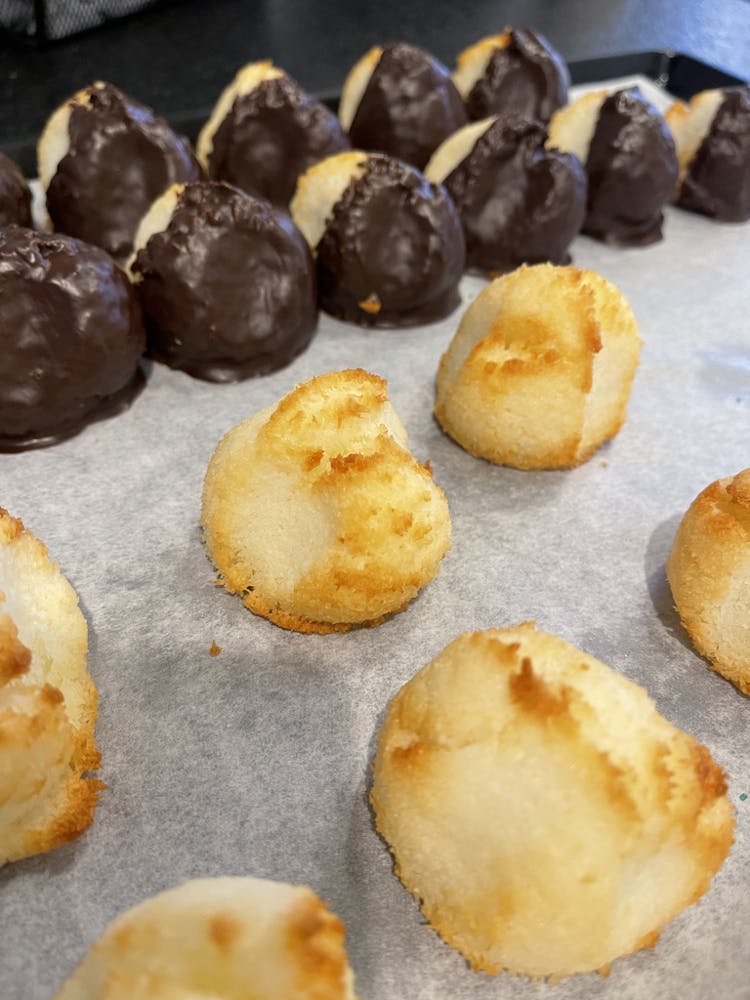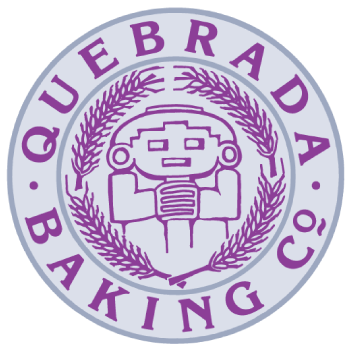Falling in Love with Macaroons

Valentine’s Day is all about spending quality time with loved ones, telling your partner how much you love them….and rich, decadent desserts, right? This Valentine’s Day, skip the box of chocolates and opt for freshly-baked macaroons! Macaroons, popularized in France, are some of the most romantic (and delicious) treats to take your Valentine’s Day celebrations to the next level.
A History of Coconut Macaroons
The coconut macaroons you see in stores today are part of a long evolution of macaroons in the past. Despite contrary beliefs, macaroons are considered to date back to 8th Century Italy. The word “macaroon” derives from the Italian word ammaccare, which translates to “crush”.
Before diving into the history of this treat, let’s talk a little bit about the different types of macaroons. There are three primary types of macaroons you see in stores today:
French macarons: French macarons are buttercream-filled cookie sandwiches. Unlike their Italian counterparts, these pastries are made primarily with almond flour and sugar. They are naturally gluten-free!
Italian macaroons: Unlike their French counterparts, Italian macaroons are more crisp and even powdery at times – and they have a distinct, sweet taste. That’s because these sweet meringue-based confections are made with egg white, icing sugar, granulated sugar, almond meal, and food coloring.
Coconut macaroons: Think of the coconut macaroon as a cousin to the above macaroons. These tasty goodies are made with shredded coconut, sweetened condensed milk, eggs, vanilla, and salt. More importantly, they look different from the above two – they often look a little more round and a little lumpier.
Now that we’ve gotten it straightened out, let’s dive into the history. We know macaroons started in Italy. But how, exactly, did macaroons leave Italy?
The tasty treats were eventually introduced to French royalty in 1533 when Queen Catherine de Medici of Italy married King Henry II of France. Most historians believe that macaroons and coconut macaroons both date back to Italy, likely in the Venice region, before they were transported to other parts of the world. Back in 1533, macaroons were made from almonds, egg white, and sugar. There were, quite literally, called the Priest’s bellybuttons. (Appetizing, isn’t it?)
Italian Macaroons were served in 1581 for the marriage of the Duke of Joyeuse in Ardeche. Then, in 1682, King Louis XIV decided to stay at the Palace of Versailles, where macaroons were served to guests to welcome them. Up until that point, macaroons were considered exclusively for royals. The King kept up the gesture until the empire fell in 1789.
So, how did coconut macaroons come about from the traditional recipe? Well, it’s not a stretch to imagine swapping out the almonds in macaroons for shredded coconut. Around the world, various pastry chefs did just this.
The coconut macaroon was first discovered in the 1890s by a French company that added shredded coconut to the macaroon to help the macaroon from spoiling during long shipping processes. The same issue happened in the US, too, when a North American baker received a shipment of coconuts from a Cuban businessman. He shredded the coconuts and mixed them into various sweets; he included them in macaroons, which shifted the recipe from the traditional almond macaroon to a coconut version.
Nowadays, macaroons are often considered a French pastry and are found in pastry shops across the world. The simple coconut macaroon has several variations, as well, including chocolate chip, chocolate dipped, and more!
All About Our Quebrada Macaroons
At Quebrada, we take our macaroons seriously – and bake them fresh daily with lots of love. Our Quebrada bakeries have plain coconut macaroons and chocolate-dipped macaroons.

How do we make them, you might ask? We carefully scoop our macaroons with an ice cream scoop for sizing, then prong the top of it to create a pyramid or dome-like shape.
All of our macaroons are wheat-free. In fact, the ingredients in coconut macaroons naturally do not contain gluten and wheat. Additionally, while our macaroons only contain egg whites, some are completely egg-free!
Happy Valentine’s Day!
If you’re looking for a Valentine’s Day gift for your special someone – or even for a friend or loved one – consider a small box of our favorite, delicious macaroons. We take the time to bake ours with extra love, and your loved ones are sure to love the tasty treats.

